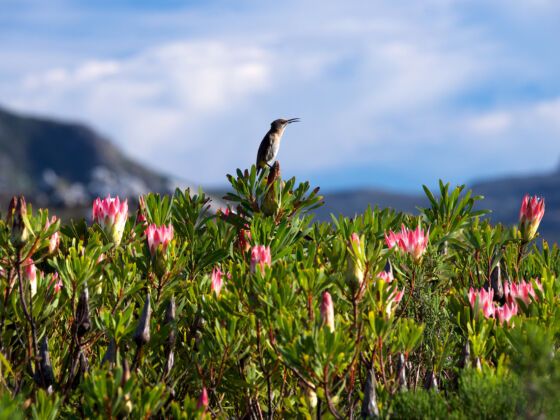Impetus
The urge to feed and breed drives birds across oceans, mountains, and the equator. Some migrations originated after the last ice age in response to the retreat of ice sheets in areas where birds could expand their ranges to exploit food resources and decreased competition during the breeding season.
Then, they flew south again for the winter when temperatures dropped and the flowers and insects on which they fed were gone.
